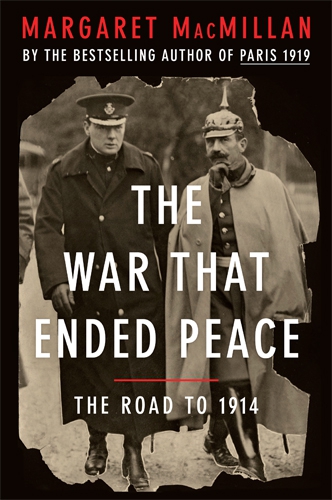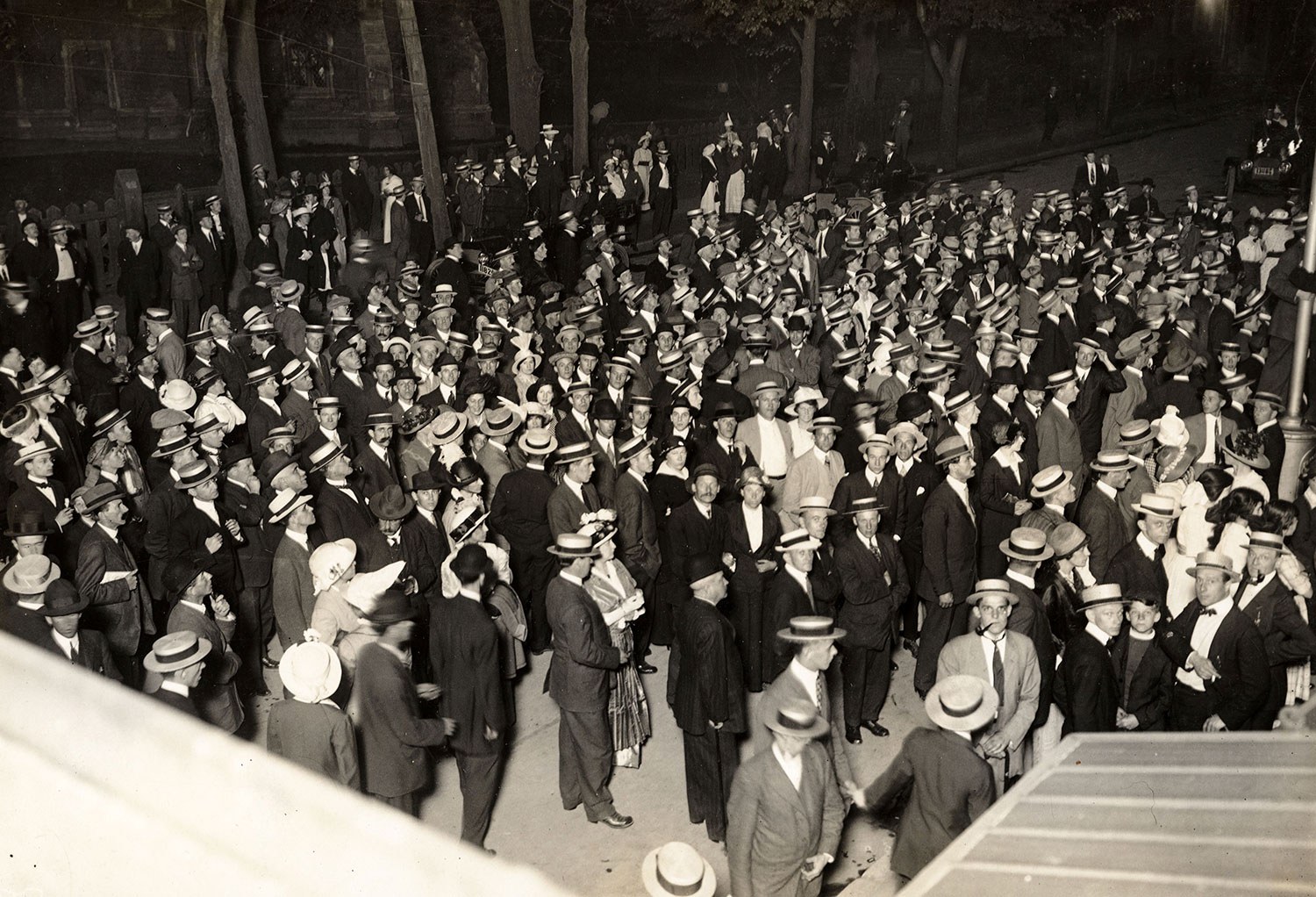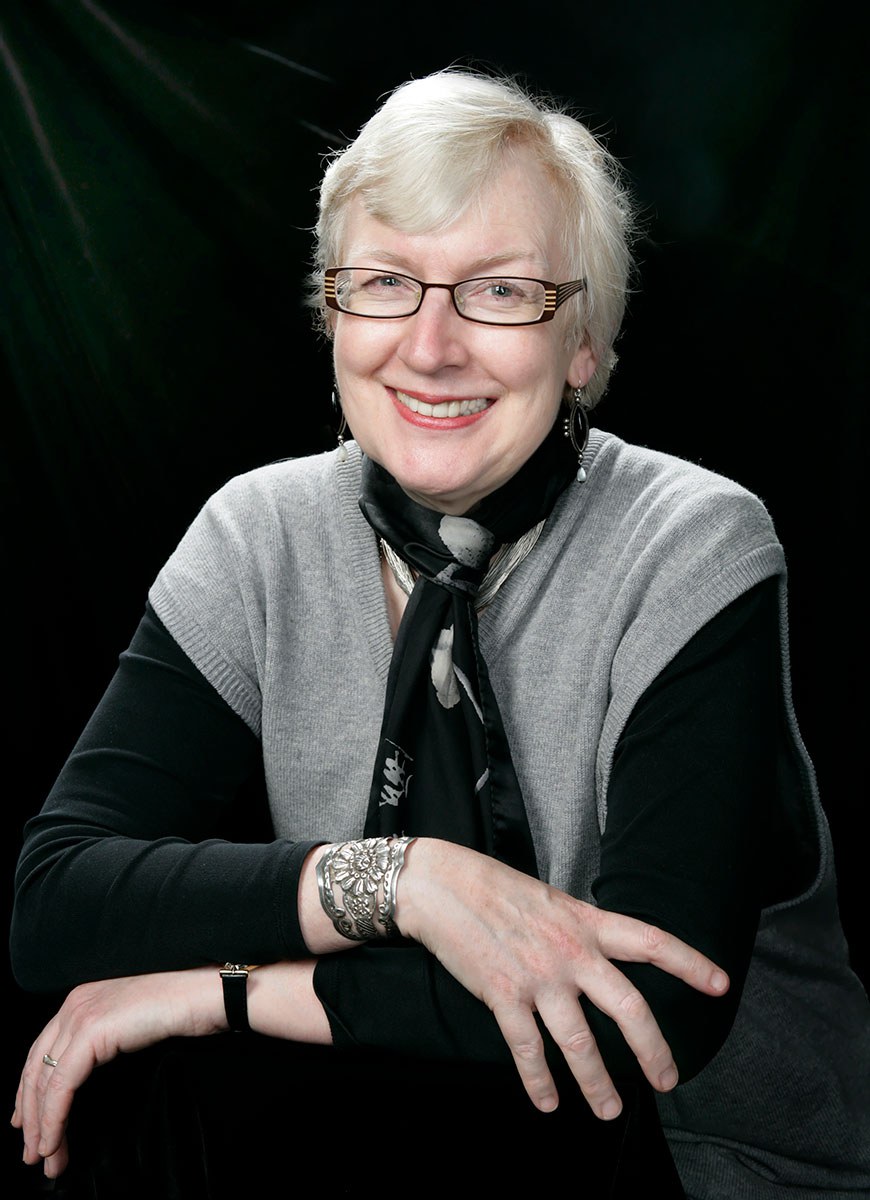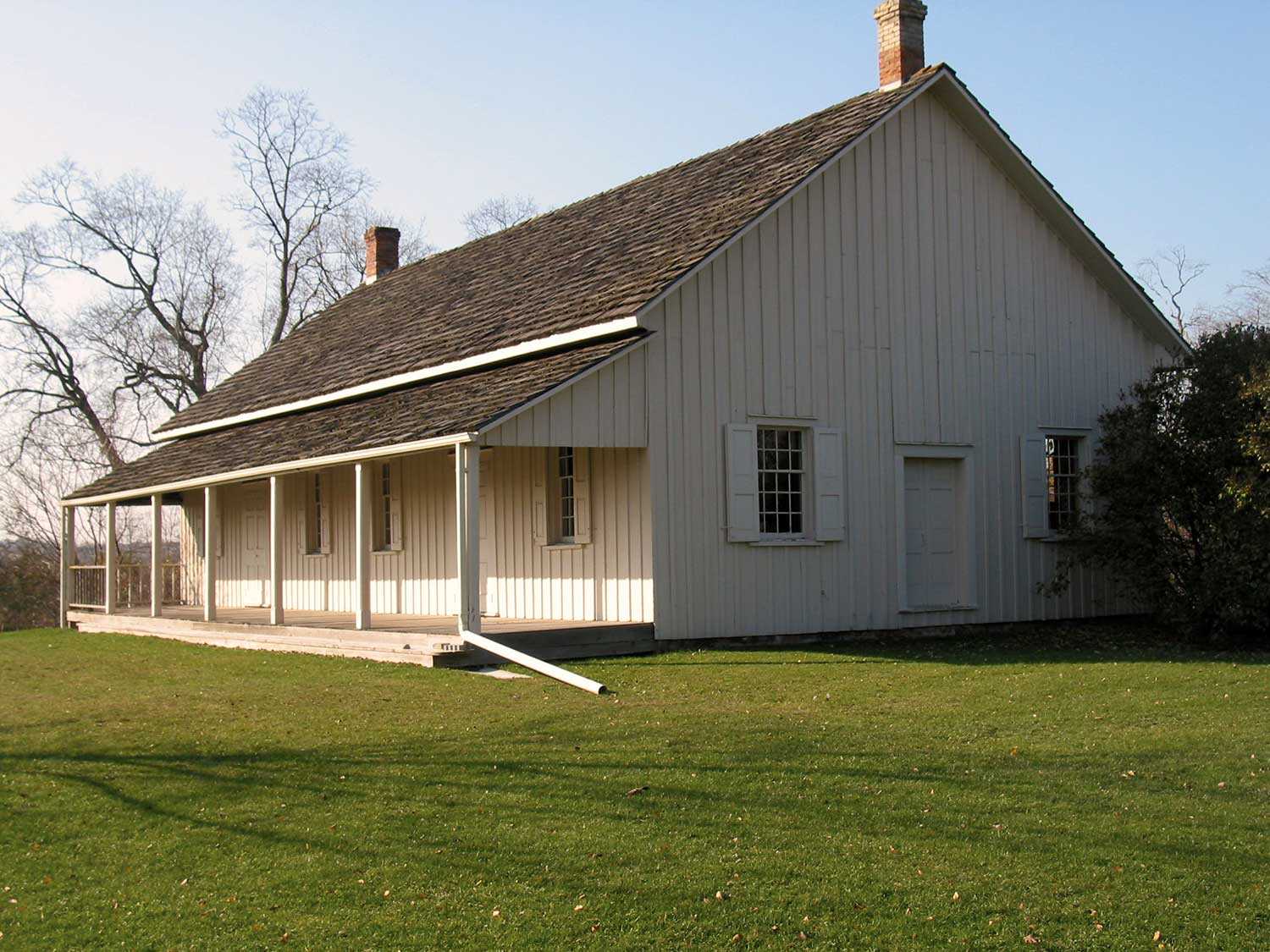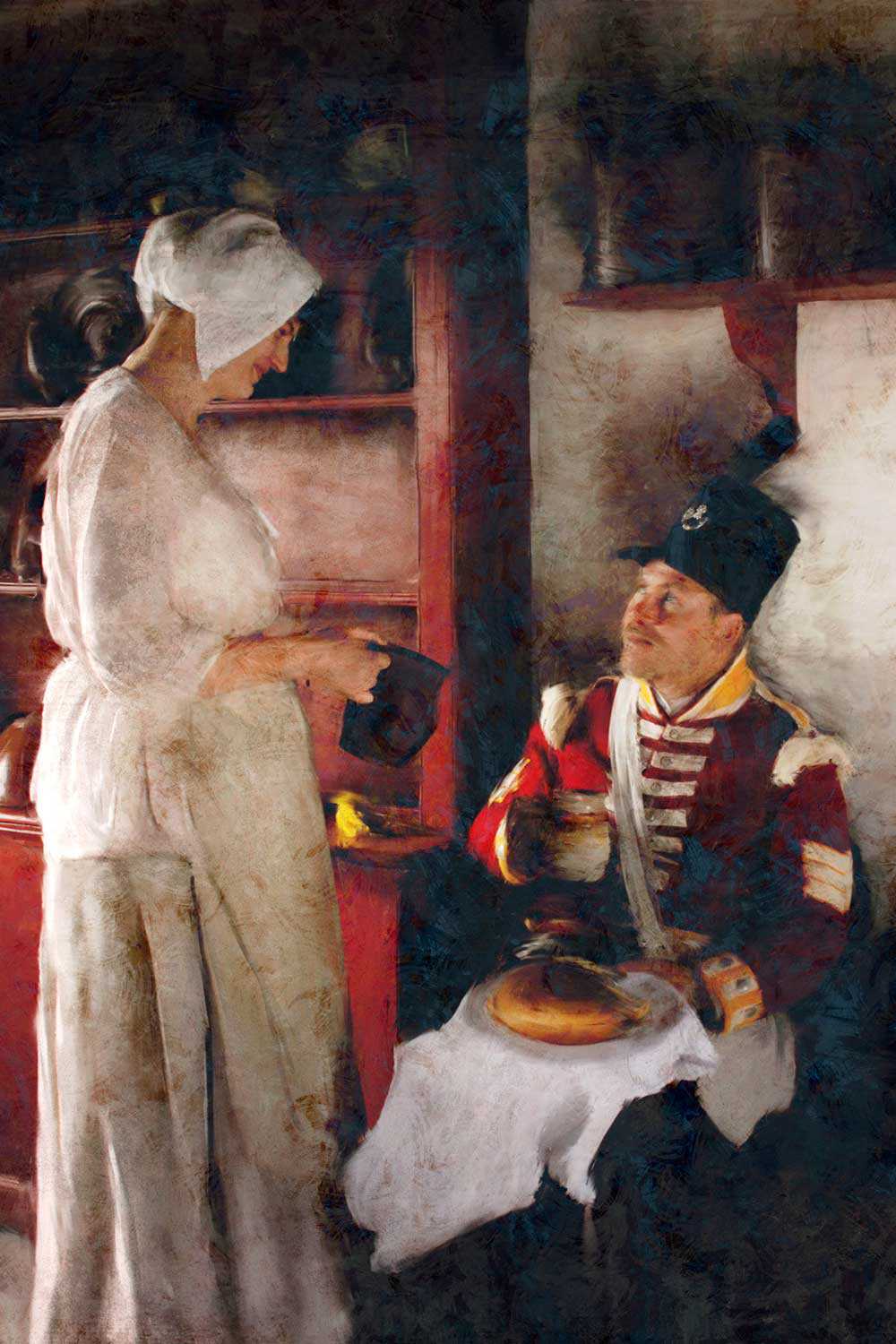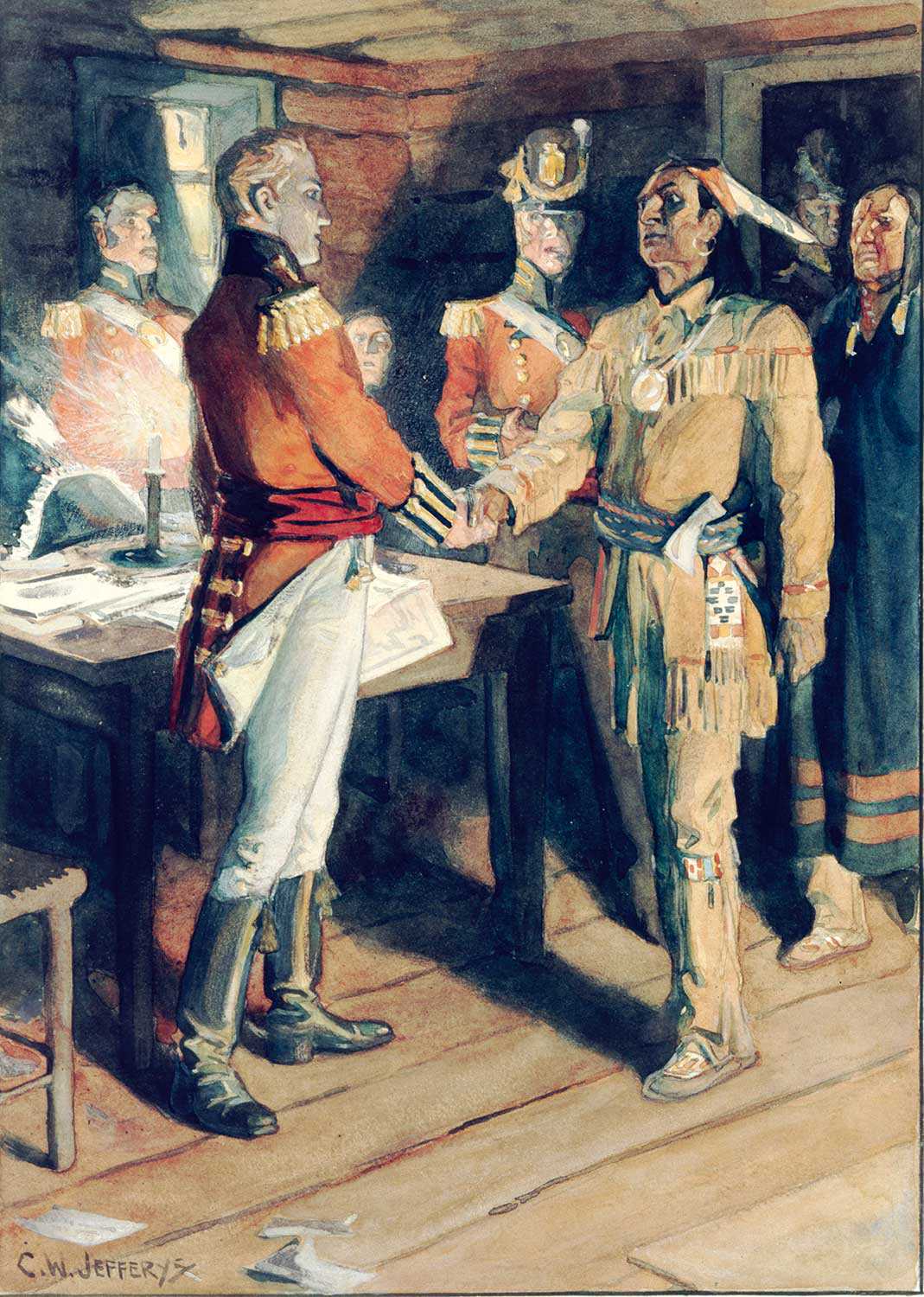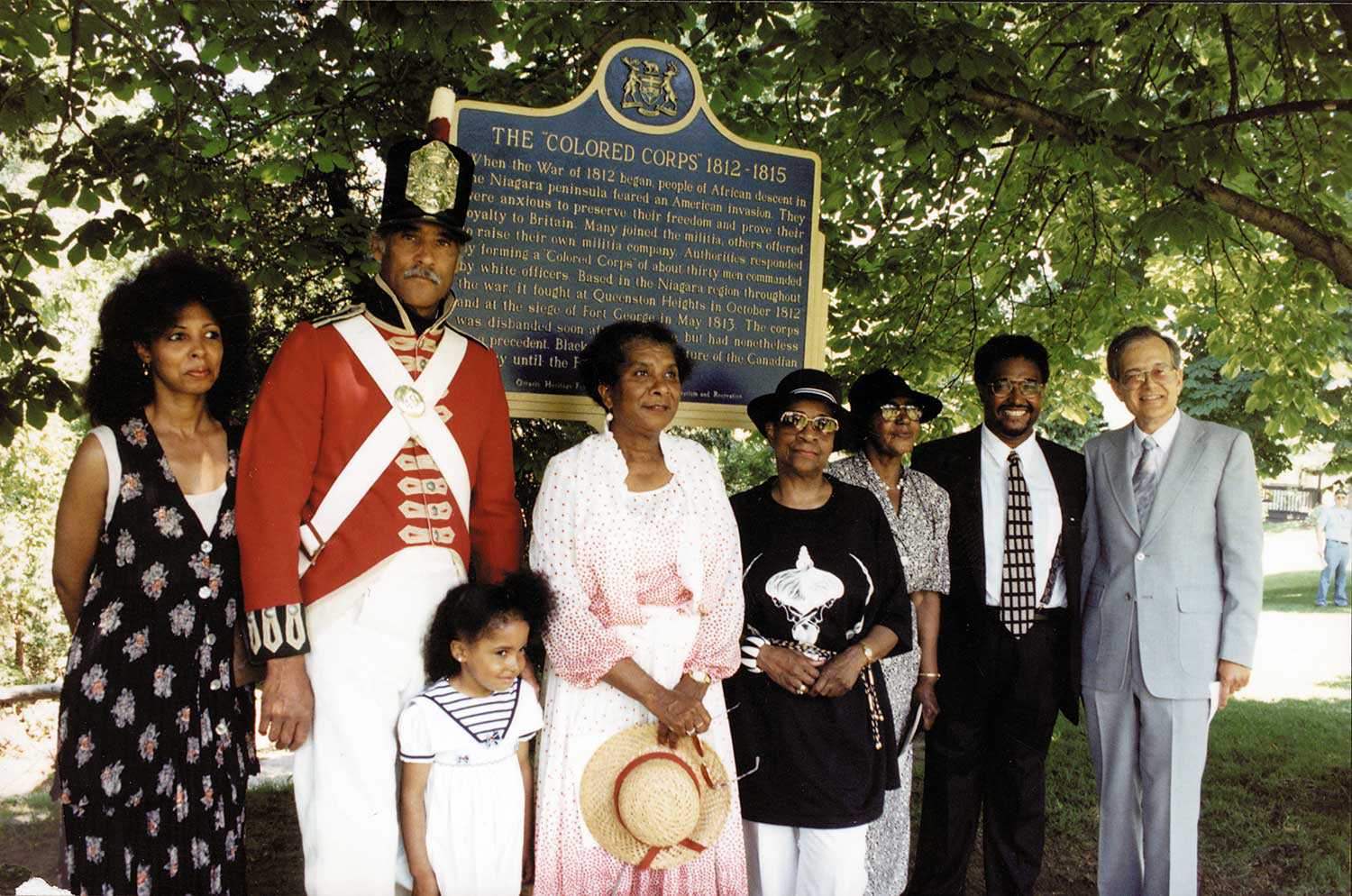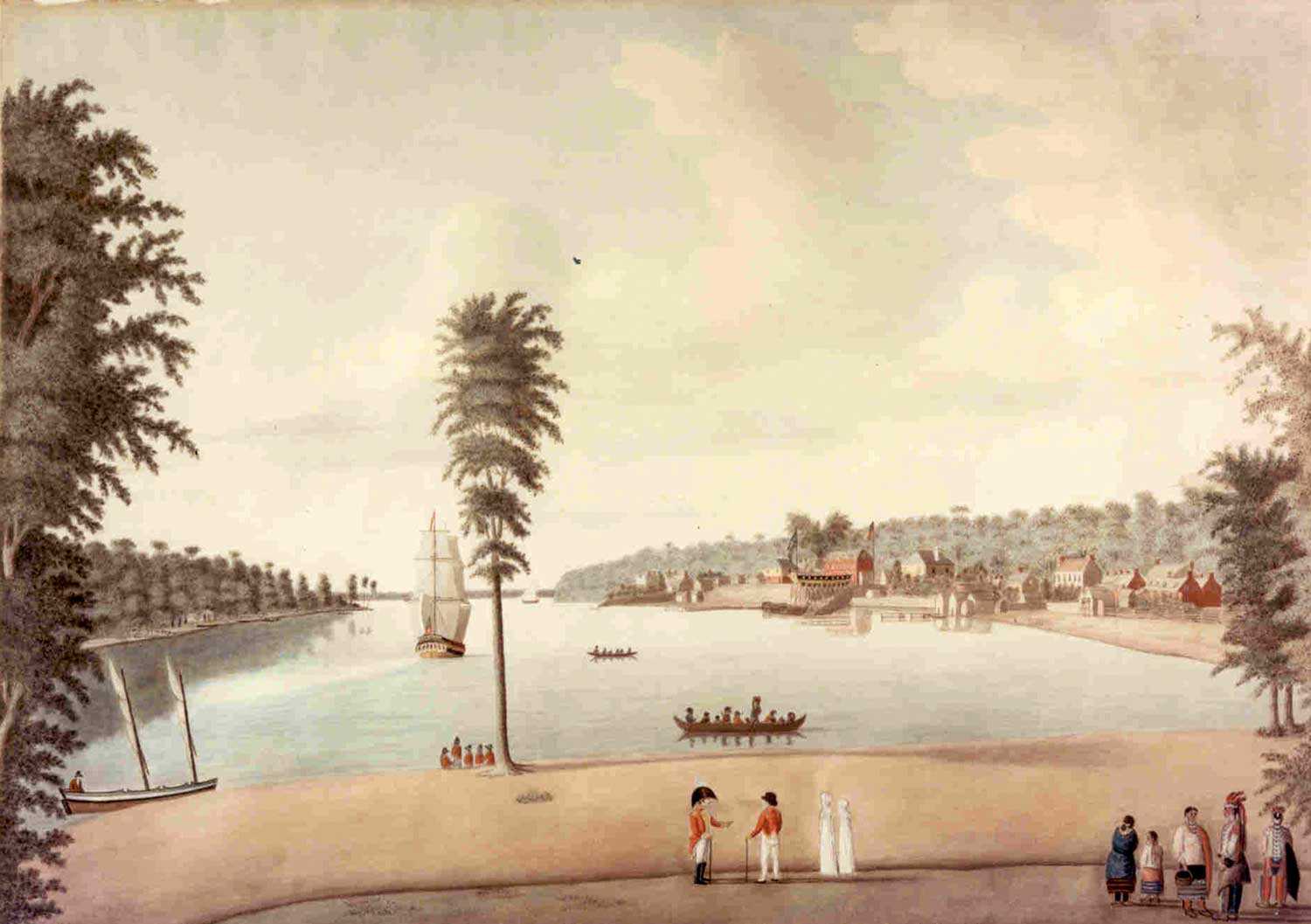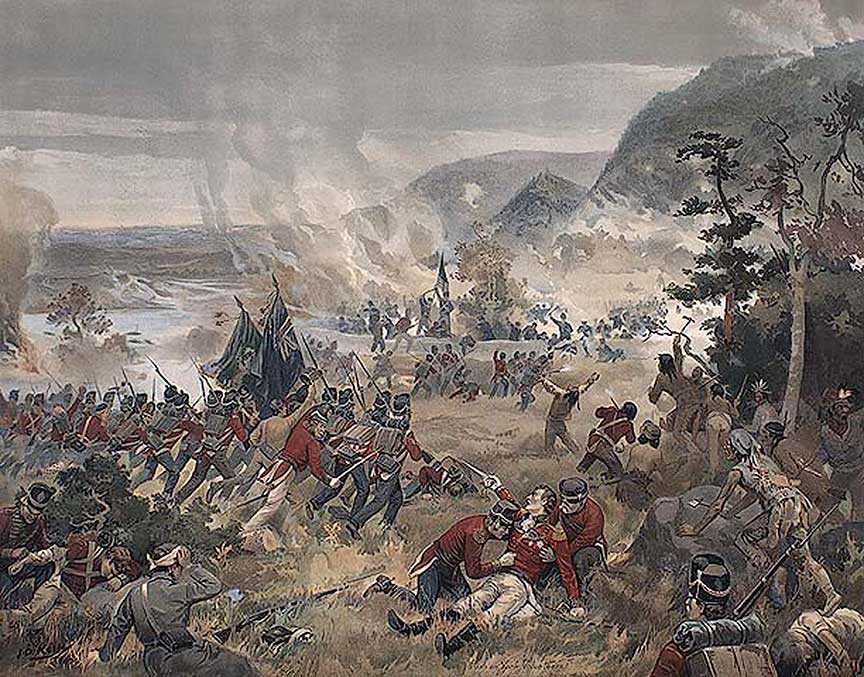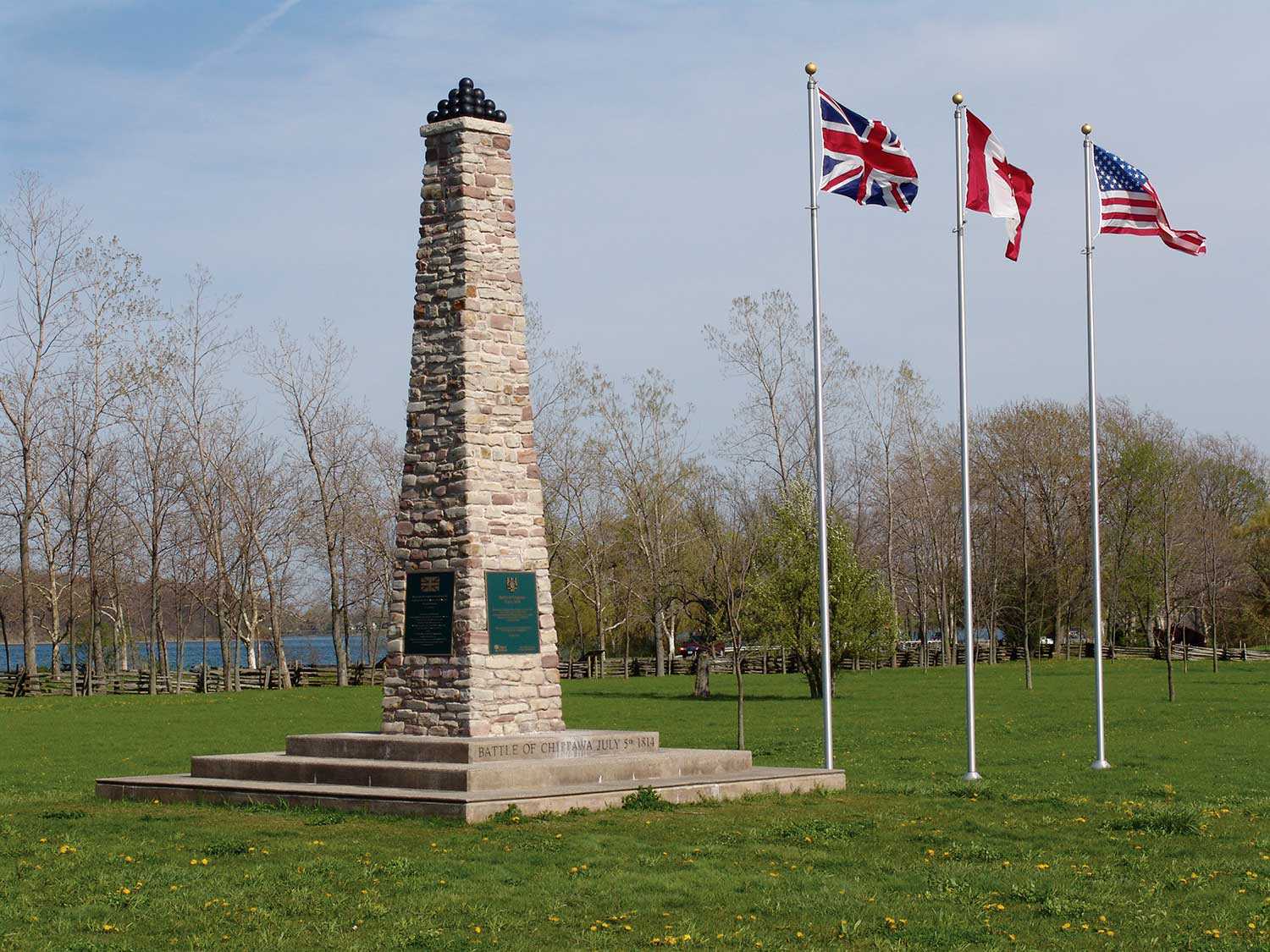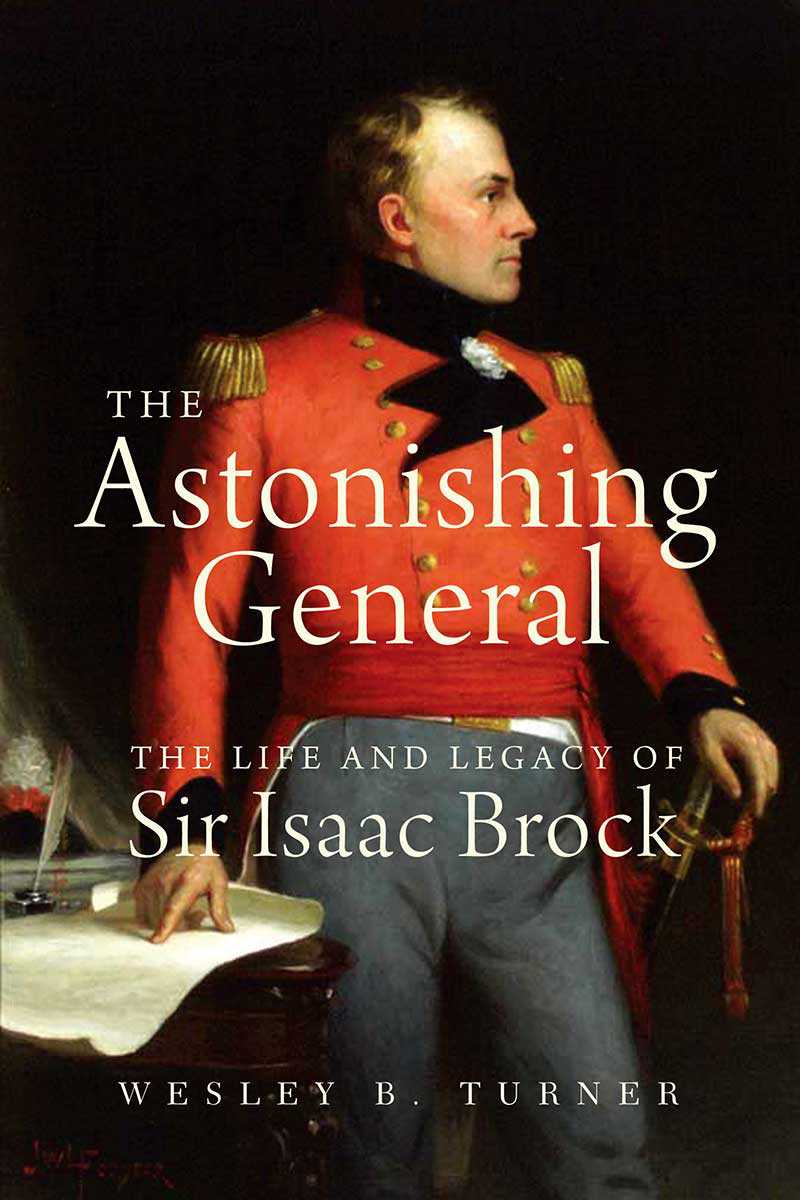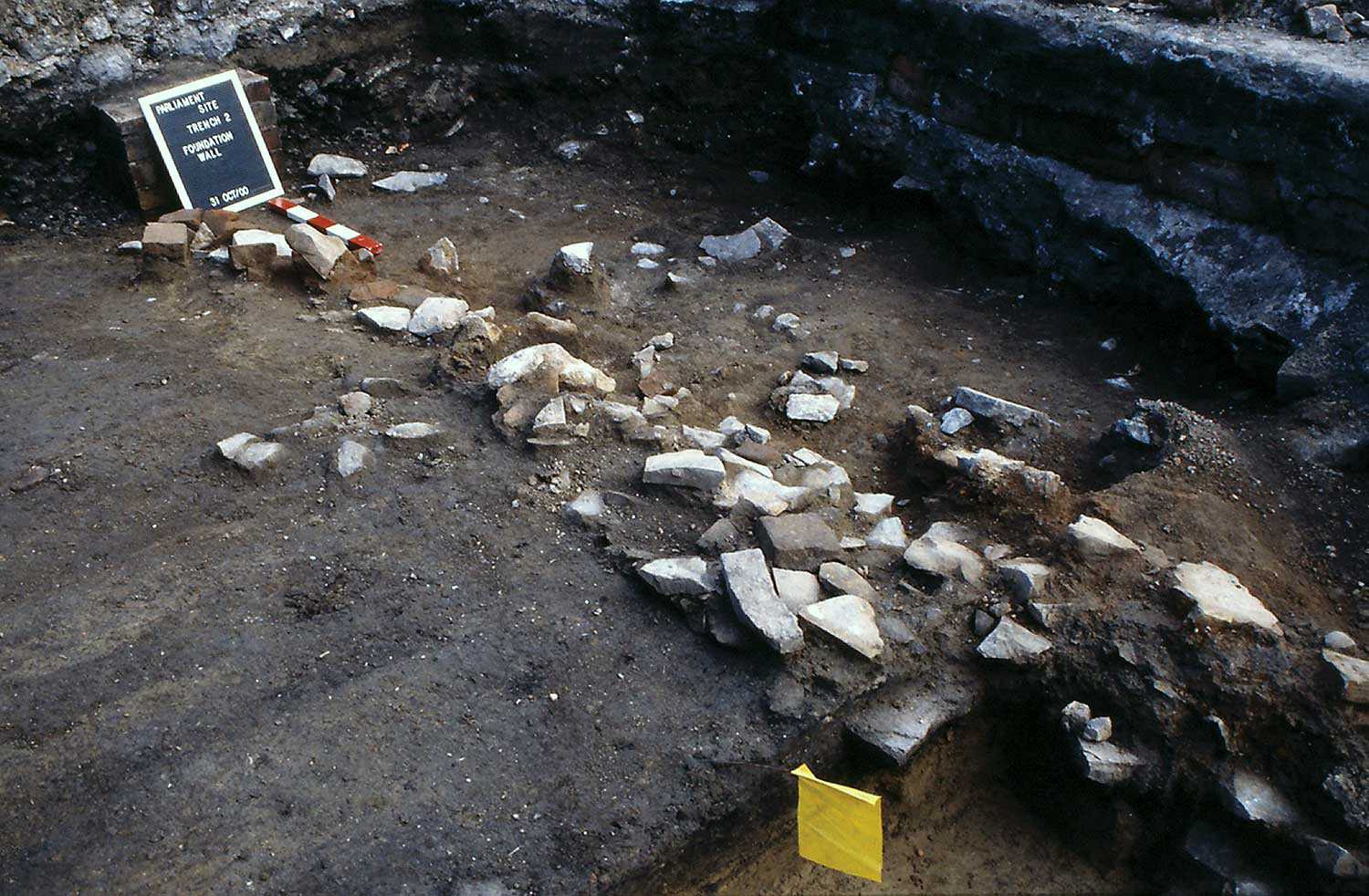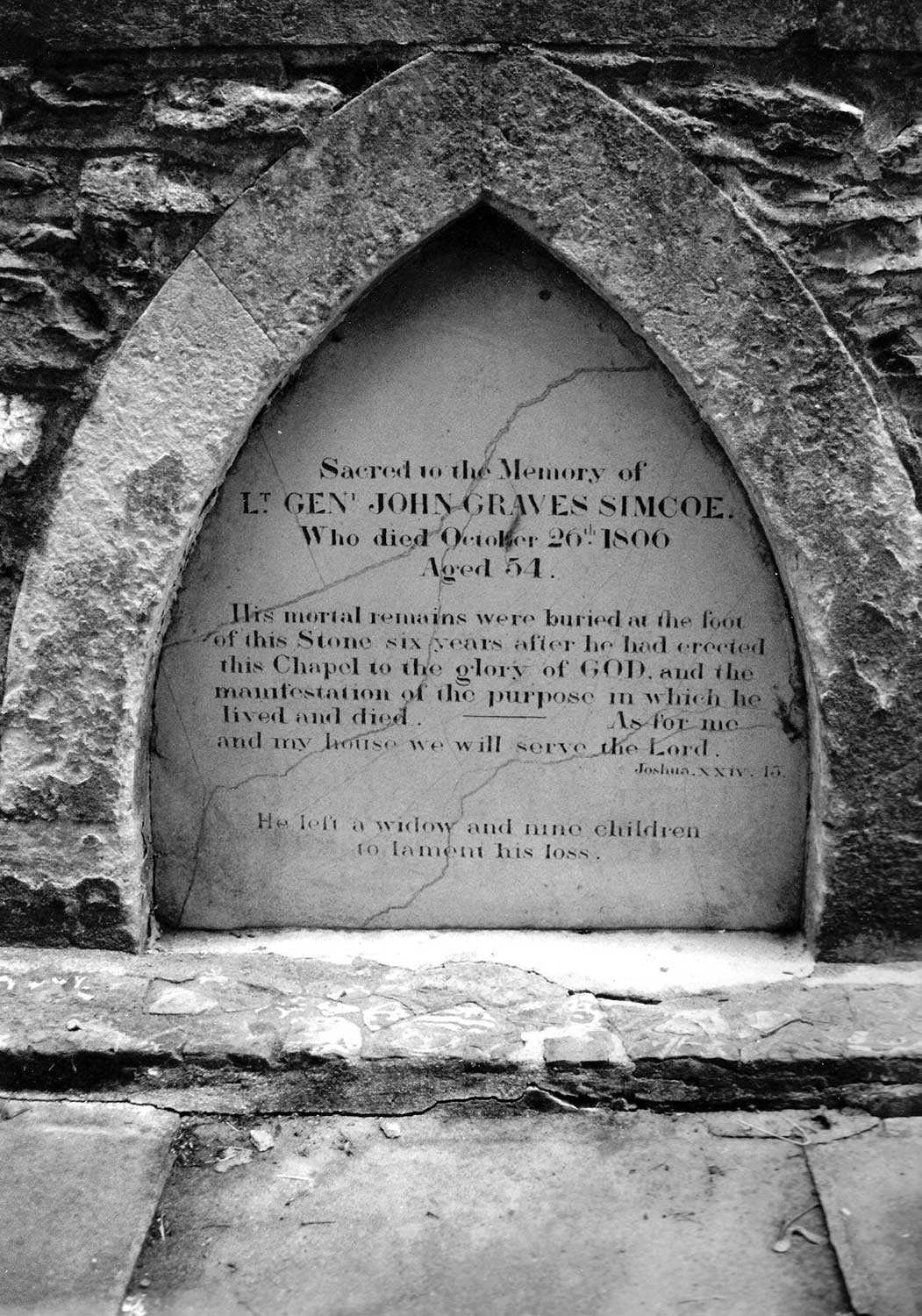

Browse by category
- Adaptive reuse
- Archaeology
- Arts and creativity
- Black heritage
- Buildings and architecture
- Communication
- Community
- Cultural landscapes
- Cultural objects
- Design
- Economics of heritage
- Environment
- Expanding the narrative
- Food
- Francophone heritage
- Indigenous heritage
- Intangible heritage
- Medical heritage
- Military heritage
- MyOntario
- Natural heritage
- Sport heritage
- Tools for conservation
- Women's heritage
Cold War communication technology
The Diefenbunker: Canada’s Cold War Museum is a 9,290-square-metre (100,000-square-foot) underground bunker in Carp, Ontario – named for John Diefenbaker, Canada’s 13th Prime Minister. Located 30 minutes from downtown Ottawa, this engineering marvel was built as the secret subterranean headquarters for the Canadian Federal Government in response to the growing nuclear threat of the 1960s. In the event of a nuclear attack, designated officials would evacuate to the Diefenbunker, where they would continue to work and live for 30 days underground. Thankfully, the Diefenbunker was never used for its intended purpose. For 32 years, it did function as a military station, Canadian Forces Station Carp (CFS Carp). While a military station is smaller than a military base, CFS Carp had a secret weapon that made this station a mighty place: its communication technology.
Constructed from 1959-1961, it was essential that the bunker was equipped with the latest technology to ensure underground governance and outside communication. Being top secret, the bunker’s location had to be protected, so communication technology had to be developed with that in mind. To obscure its true location, the Diefenbunker was connected to five other satellite bunkers through 90 km (55 miles) of copper wire. This approach protected the Diefenbunker from potential bombings by relaying messages through the satellite bunkers to make it seem as though they had originated from the satellite bunkers themselves.
While at the bunker, you may recognize one popular piece of Cold War technology that many people may not: the rotary telephone. Since it was essential that communication be uninterrupted inside the bunker, landline phones served as the communication lifeline for two reasons: (1) radio signals and walkietalkie signals could be interfered with, and, (2) landlines could still be used even if a bomb were dropped on Ottawa. A direct line to the White House was also installed, but again never used. Even today, museum staff still use landline phones to locate or communicate with each other.
During the Cold War, newer communication technologies were installed. The Ottawa Semi- Automatic Exchange (OSAX), better known as our Top Secret Super Computer Room, was a giant faraday cage where signals of any type could not pass through. Starting in 1980, this state-of-the-art technology was the new way that the military could communicate and process information between bases and Allied countries. It had two Burroughs 4800 computers, which had a direct line to the Department of National Defence mainframe. These two powerful computers allowed the bunker to process over 100,000 monthly messages.
Another piece of technology added in the 1980s was the closed-circuit television communication system (CCTV). This technology used hard wires to connect all of the important rooms, which were equipped with at least one TV, one speaker/microphone and one camera. It is similar to FaceTime or Skype, but CCTV allows only connected rooms to access the closed-circuit signal, thereby ensuring that secret information could not be stolen.
The most impressive piece of Cold War communication technology is the radio rooms. The main military function of the bunker was as a communications station. Radio would be the most reliable way to communicate because, as long as a tower is still standing, the radio signal can be broadcast. The CBC Radio Studio was the main communication method for the government to share situational updates and next steps with Canadians. The Emergency Radio Station would have been used to reestablish contact with other military bases and services across Canada and the United States. This radio link transmitter was located 60 km away (37 miles) in Perth. Other connections were made possible in case the main transmitter was damaged. In addition to the Emergency Radio Room is the Amateur Radio Station Room. The station was started in 1984 by Emergency Preparedness Canada as a backup radio communication system. It could be used more freely and connect with any ham radio station or operator in the event that it was needed. The original call sign was VE3GOC. Since the bunker has become a museum, local radio enthusiasts have turned the station back on (becoming VE3CWM) and are actively taking care of the equipment and communicating all over the world each week.
All of these Cold War communication technologies are highlighted in the visitor’s experience here at the museum. Now, it’s time for you to experience them first hand at the Diefenbunker: Canada’s Cold War Museum.

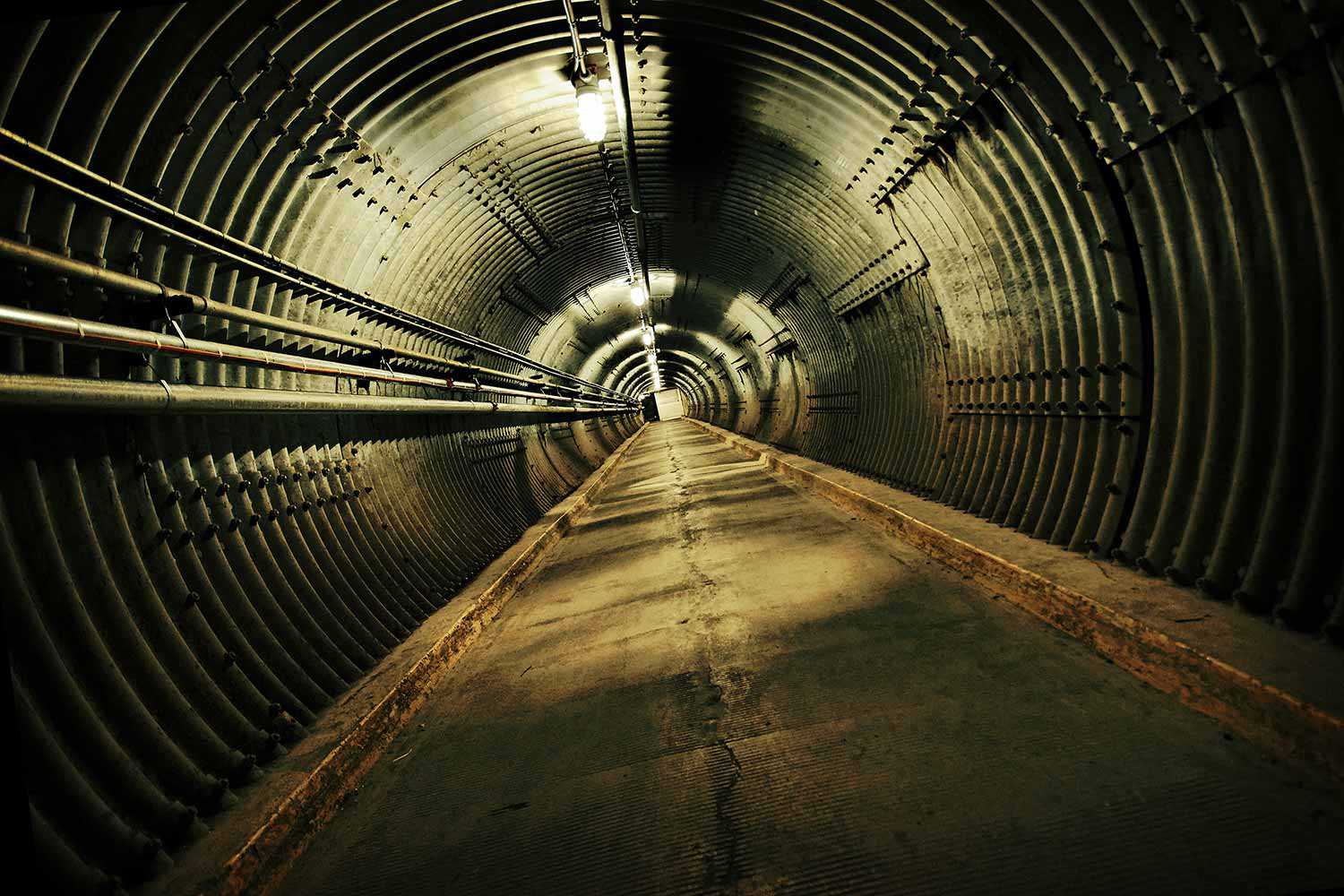
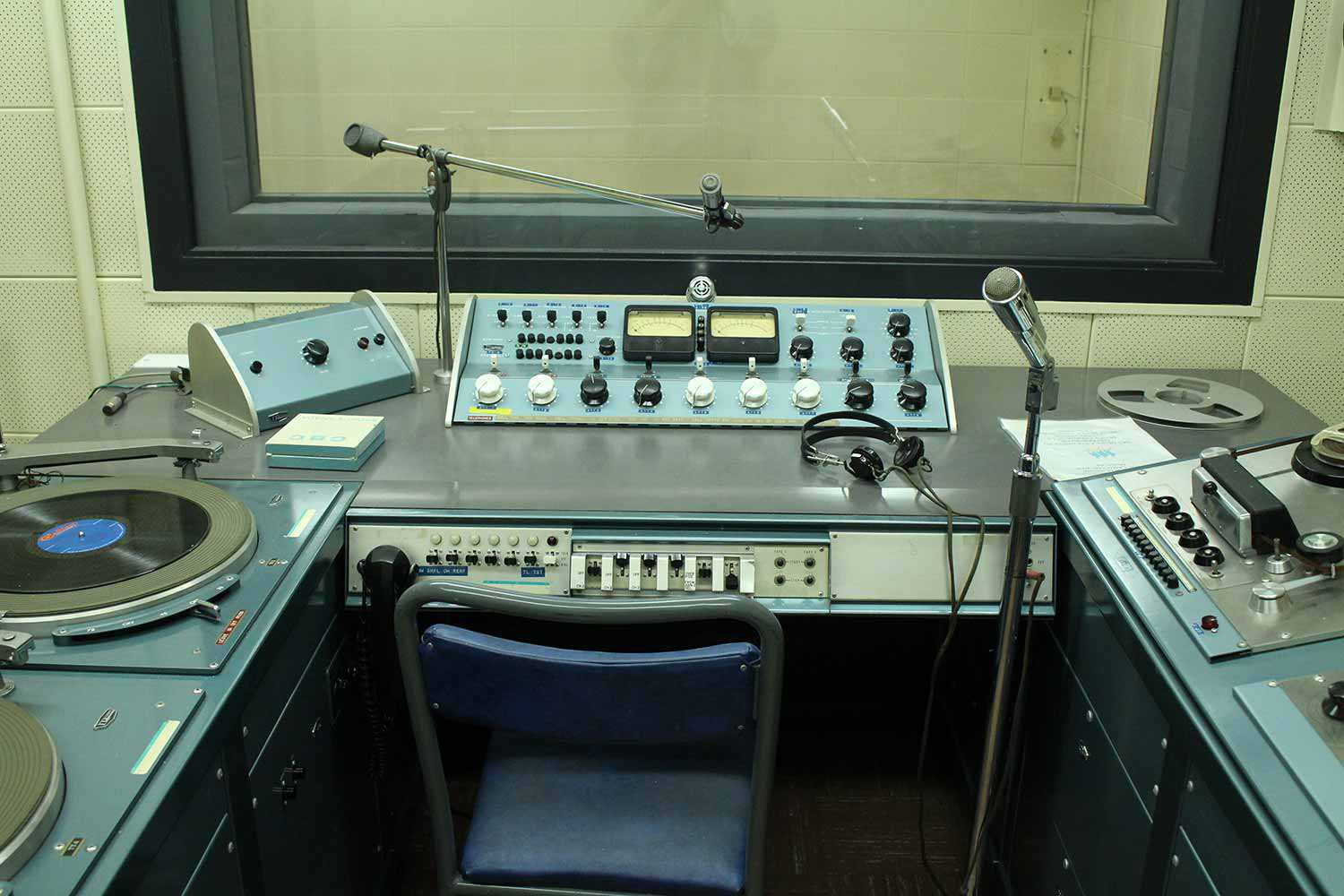
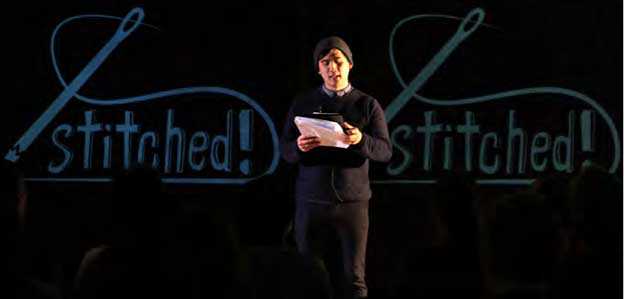
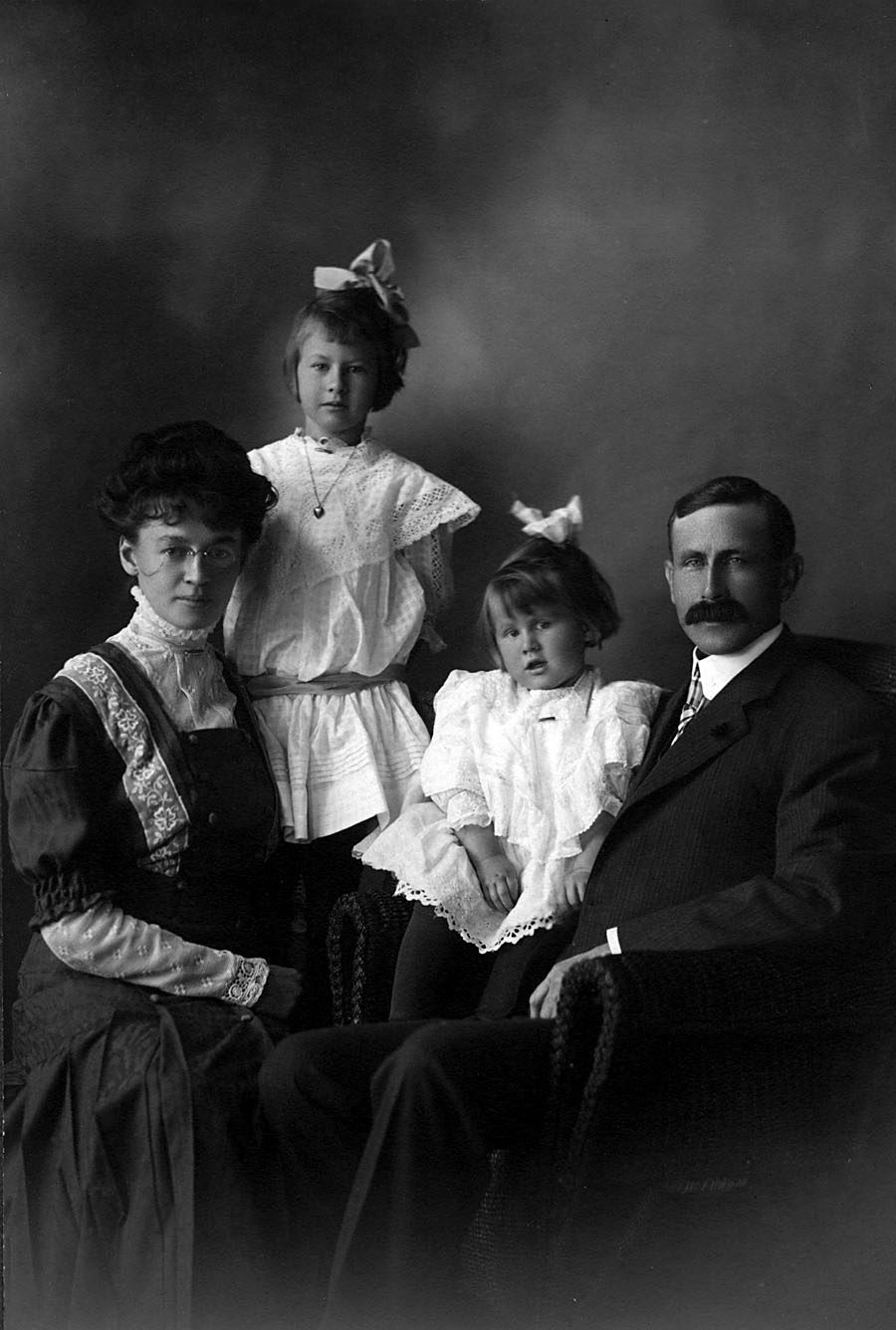
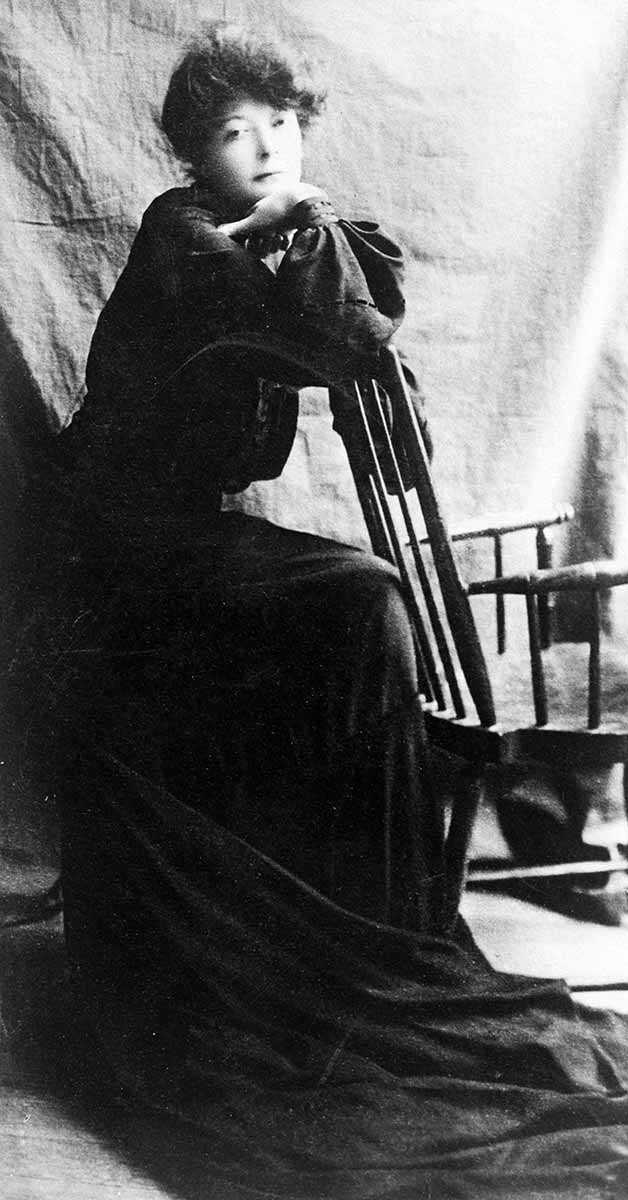
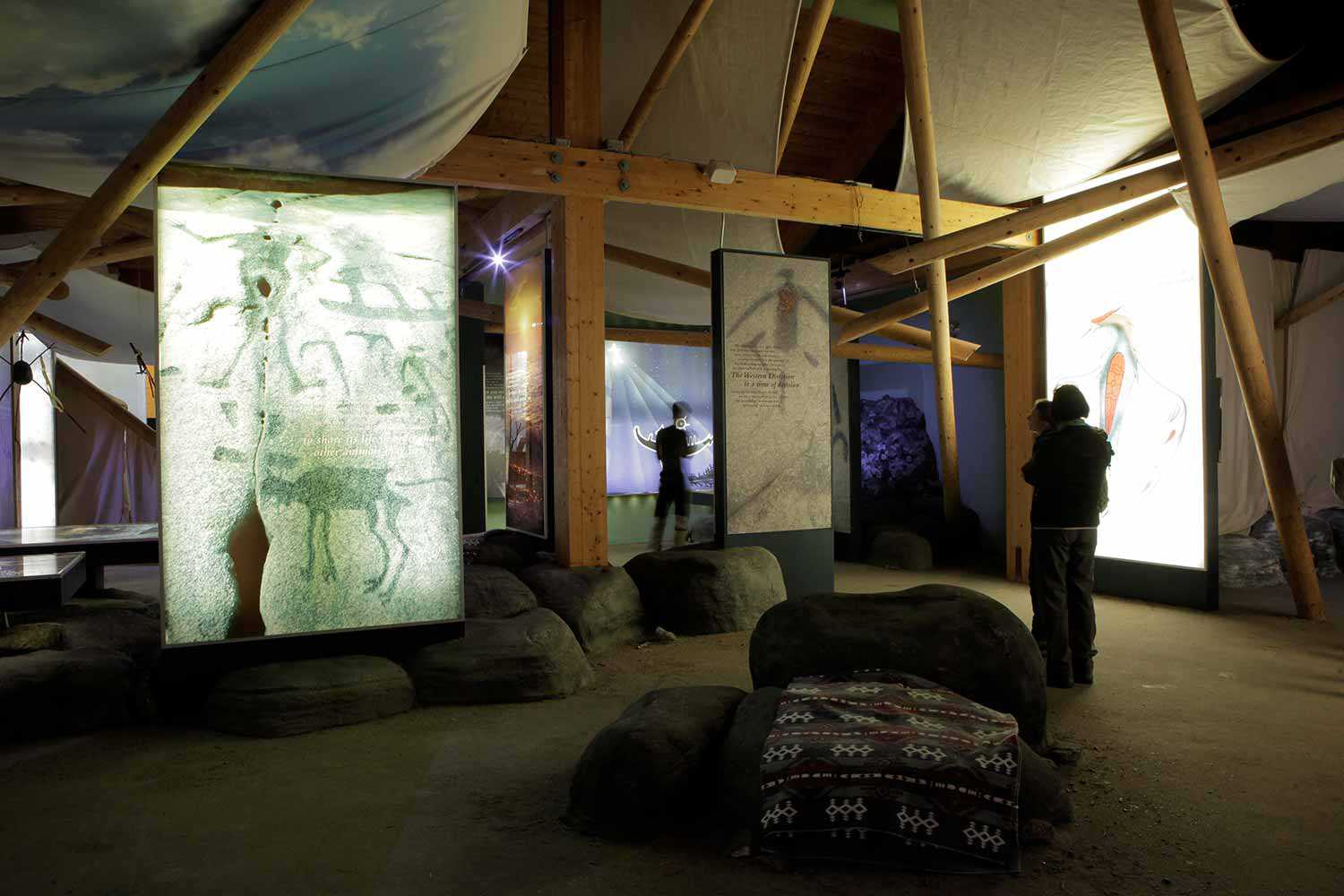

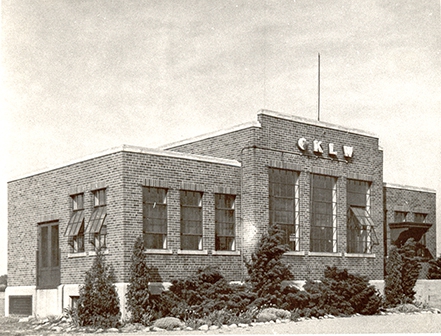
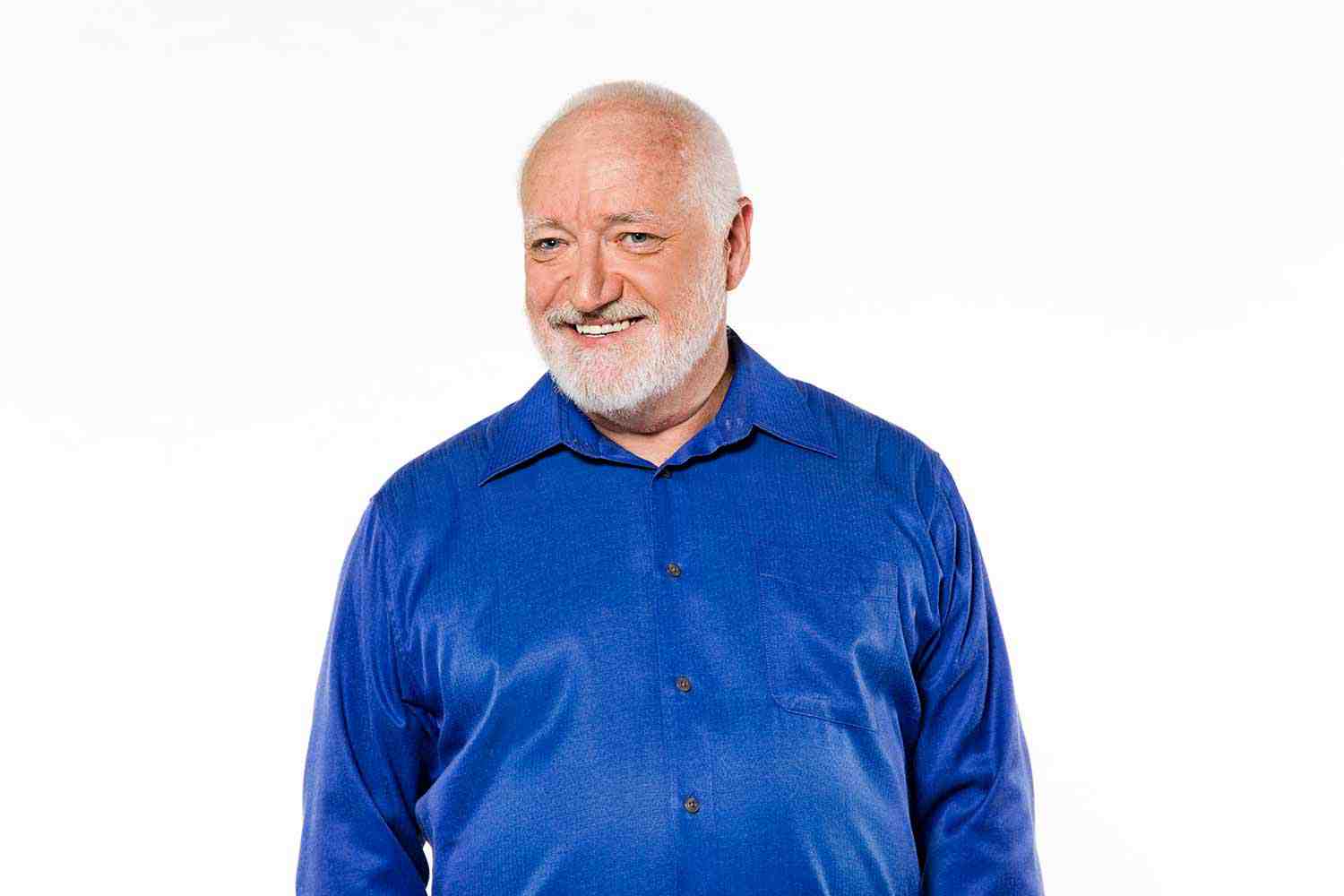
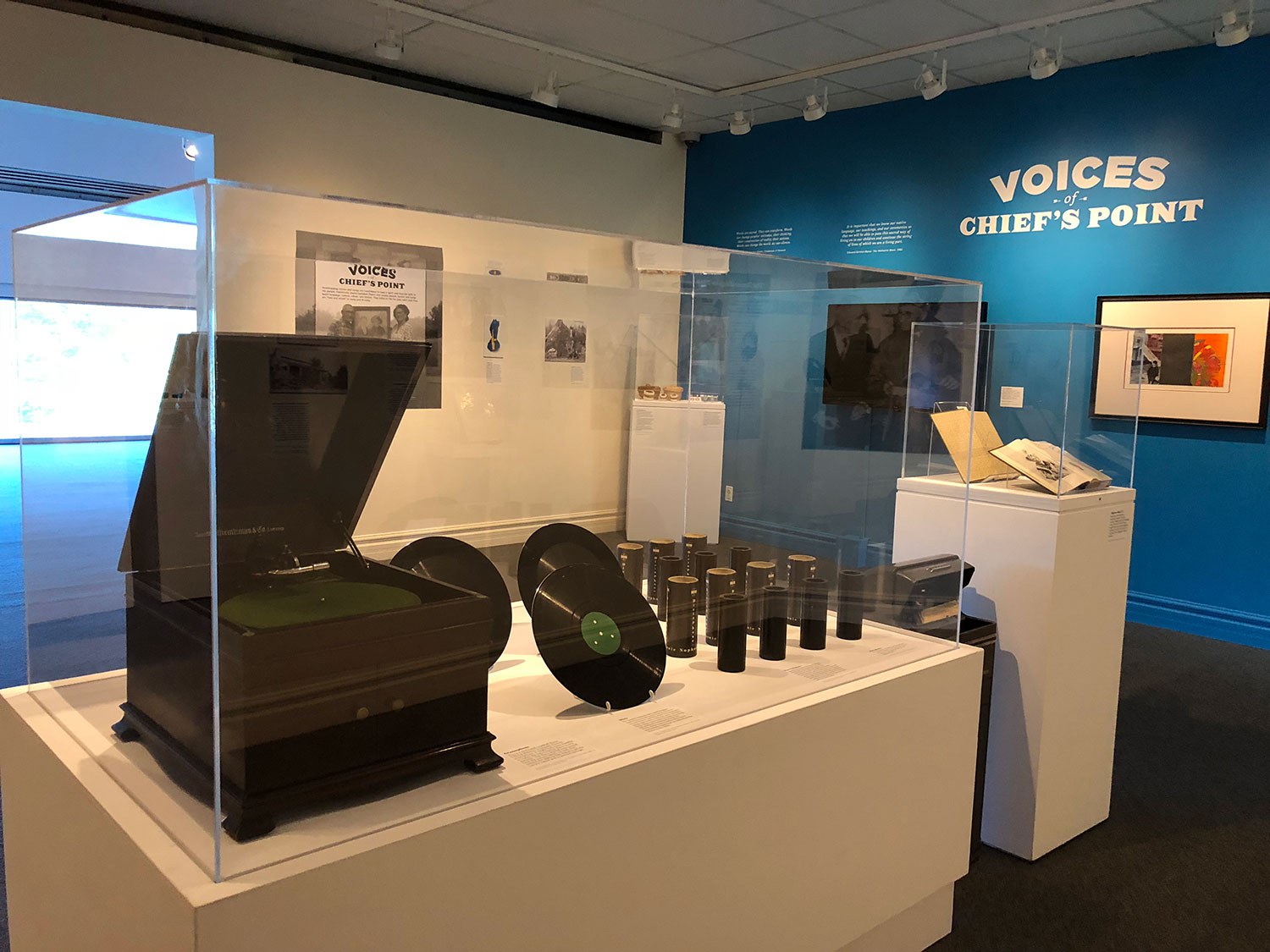
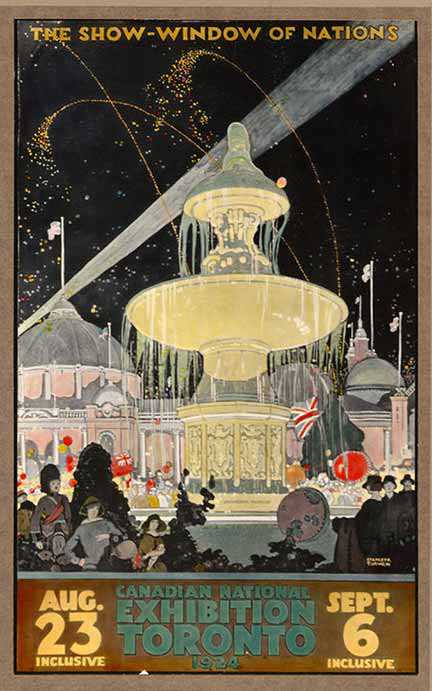
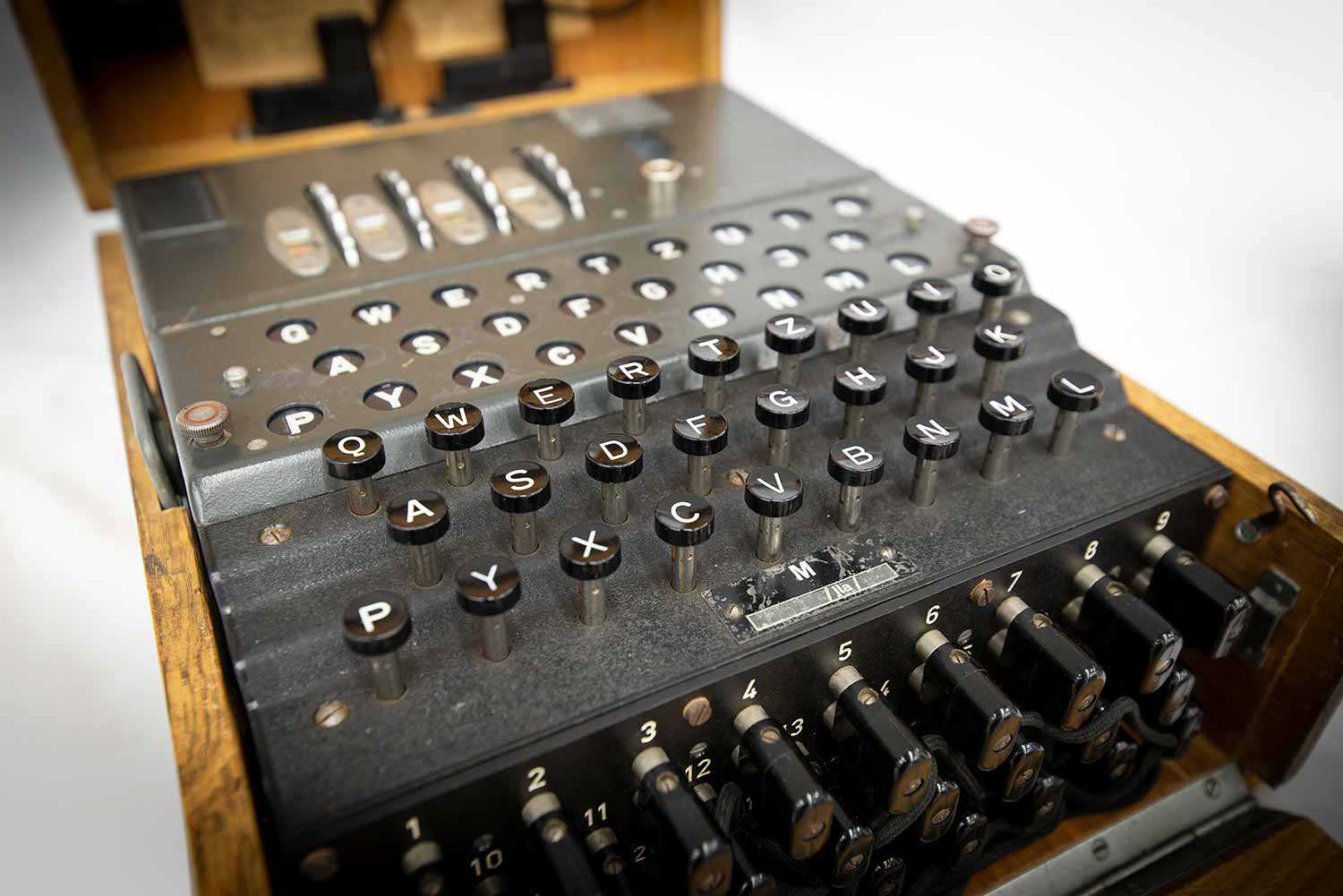
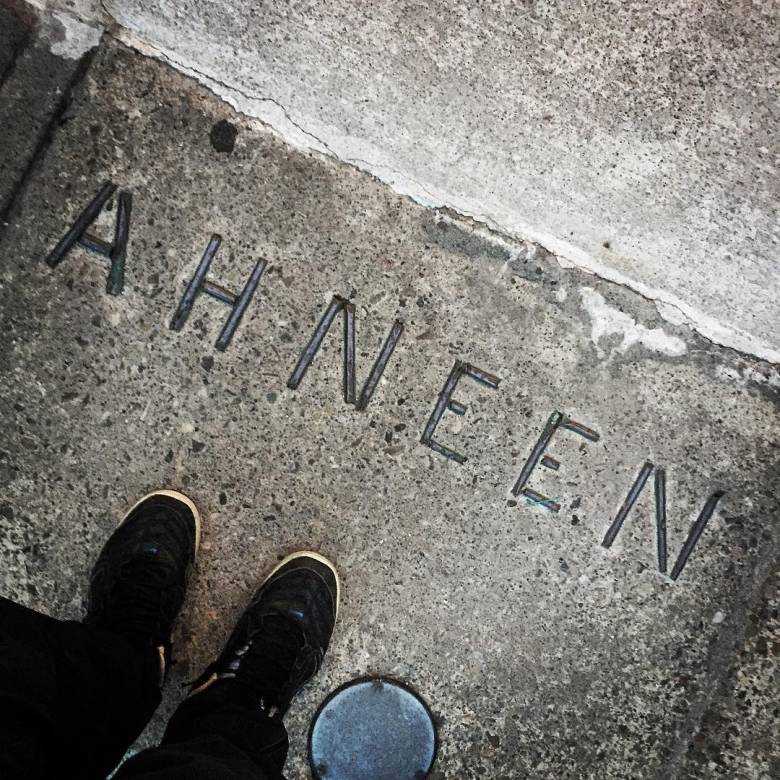

![J.E. Sampson. Archives of Ontario War Poster Collection [between 1914 and 1918]. (Archives of Ontario, C 233-2-1-0-296).](https://www.heritage-matters.ca/uploads/Articles/Victory-Bonds-cover-image-AO-web.jpg)
